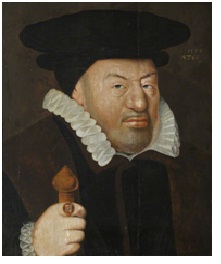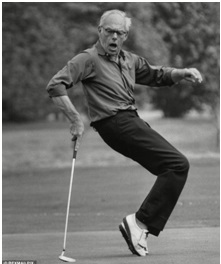Baronet: Democracy is the prevalent form of government found in the world today. Though this is the case, there are countries where the monarchy is prevalent. Believe it or not, the monarchy is the rule that has been the most prevalent among all the societies in the world.

If you turn the pages of history, you would find that there have been through the ages, various ranks that have been bestowed on individuals to properly rule large kingdoms. One example to be taken among them is surely that of the British system of noblemen. A Baronet is a title conferred on a person that, though did not belong to the peerage, was inheritable.
Table of Contents
Title or Ranks Conferred on British Noblemen
Trying to figure the position of the baronet could be a little difficult without knowing the hierarchical structure of the British titles of nobility. Let us try to know about the titles a little.
- Emperor – The term ’emperor’ is not to be confused with the king. It is conferred on the ruler who has acquired a massive territory through several victorious conquests. The term was coined from the Latin term ‘imperator’ that was conferred on Augustus Caesar. Napoleon had also been named emperor in 1804. Furthermore, this title of emperor was conferred on British monarch in 1877, making Queen Victoria the ‘Emperor of India’.
- King or Queen – The king was the title of the British monarch. The king or queen would outrank everyone else, even the spouse.
- Prince or Princess – The British system of nobility was so that the Prince or Princess would rank higher than all nobility because they were part of the royalty. This is somewhat different in other monarchies.
- Duke or Duchess – Originally in England, the Dukes were all of the royal blood. Later it became part of the nobility and ranks highest among the peerage.
- Marquess or Marchioness – This is another title in the peerage and ranks next to the Duke.
- Earl or Countess – The Earls were another rank in the British nobility and ranked lower than the Marquess but above the Viscounts.
- Viscount or Viscountess – The Viscount’s rank below the Earls according to the peerage.
- Baron or Baroness – The Barons can be said to be the holders of the lowest rank among the British nobility.
- Baronet or Baronetess – The baronet is not a part of the peerage. The title was later included and was inheritable.
- Knights – The title of knighthood was an honor, but they were not part of the aristocracy.
Baronet – Who were Baronets?
A baronet is the holder of a baronetcy. The title was awarded by the British Crown for the first time in 1611. It was included by King James I above Knight and below Baron as a special hereditary rank.

The rank was primarily created to raise money to suppress the rebellion that had broken out in Ulster. The Baronets were needed to pay money to get the privilege of the rank. The Baronets got the privilege to be addressed as Sir or Dame at a price of 1080 pounds.
A baronetcy is supposedly the only British hereditary honor that does not belong to the peerage. The Baronet is addressed as ‘Sir’ or ‘Dame’, but they rank above all the knighthoods and damehoods.
Early Days of Baronetage
When King James I first started making Baronetcies, he granted the Letters Patent to 200 gentlemen, who were of good birth and a wealthy income every year. Each of them was responsible for the upkeep of about thirty soldiers for a term of three years, a heavy price in those days.
The concept of baronetcies was prevalent before those. Edward III created about eight of them in his days. There was a subsequent creation of baronetcies by other rulers as well, but none of them sustained for long.
The Baronetage of Ireland created by James I in 1619, and the Baronetage of Scotland and Nova Scotia created by Charles I in 1625 were required to pay about 2000 marks. Some of these exist to the day.
The Title and Power of the Baronets
The title of being called as “Sir” was much like those of the Knights, while Baronetesses would use “Dame”. Wives of Baronets were not Baronetesses and were addressed as “Lady”. But they were different from the Knights on the fact that it was an inheritable title.
Since they were not a part of the peerage like the Knights, they were commoners and not peers of the realm. The baronets had the right to have the eldest son knighted on his 21st birthday among certain others. However, most of the rights faded away with the change of the monarchs.
The Number of Baronetcies
The number of baronetcies created was huge. More than 300 Baronetcies have been created between the 16th and the 19th century, though most of them did not last for very long.
The number of baronetcies today includes more than a thousand, although some of them are not enrolled on the Official Roll of the Baronetage. The baronets and their Baronetcies clearly were not seats of power, but a mode for the British monarchs to make easy money by granting some extra rights to the affluent.
More Info On- Nobleman, Royal British Nobility, John Everett Millais, John Graham Lounge